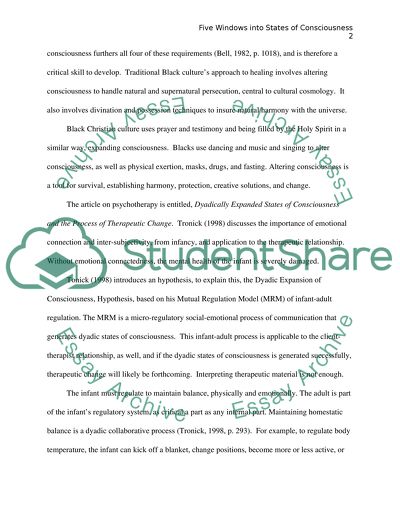Cite this document
(“States of consciousness Term Paper Example | Topics and Well Written Essays - 1750 words”, n.d.)
Retrieved from https://studentshare.org/other/1396752-states-of-consciousness
Retrieved from https://studentshare.org/other/1396752-states-of-consciousness
(States of Consciousness Term Paper Example | Topics and Well Written Essays - 1750 Words)
https://studentshare.org/other/1396752-states-of-consciousness.
https://studentshare.org/other/1396752-states-of-consciousness.
“States of Consciousness Term Paper Example | Topics and Well Written Essays - 1750 Words”, n.d. https://studentshare.org/other/1396752-states-of-consciousness.


